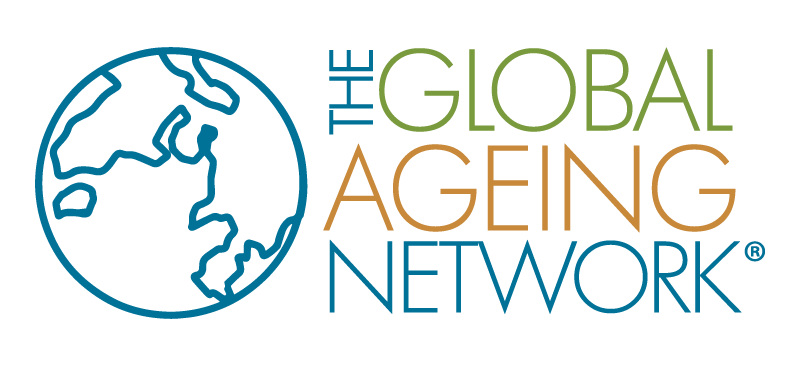By Katie Callaghan,The Salvation Army Aged Care Plus (Guest Post)
The Salvation Army Aged Care Plus, headquartered in Sydney, Australia, embarked on a project to improve its workforce effectiveness. The executive team recognized the need for change and improvement, despite strong performance across the organisation. While there was excellent overall financial performance, high levels of commitment to the organisation’s mission and engagement with the strategic plan, there was high turnover in key positions and pockets of poor performance.
INITIATION
The Board and Executive team were aligned in the view that, to continue to succeed and grow, they needed to move the organization from ‘good to great’. The project’s quantitative objectives were:
-
Improve resident and client care: evidenced by no ‘red’ ratings in monthly risk report
-
Improve financial performance where all centres exceed budget in 15/16 (at the time, five of 17 centres were under budget)
-
Reduction from 50% ‘key personnel’ turnover to 25%
As a sign of commitment, the Chief Operations Officer was released for three months to lead the project.
PROJECT PLAN
Project ‘Good to Great’ was launched in three phases:
-
Discovery – The project took a collaborative and consultative approach to determine the key pain points that were making it less effective. The process included a wide and deep engagement with staff through 1:1 interviews, group workshops, surveys and open feedback channel for all staff to contribute.
-
Key insights – Received feedback was consolidated to develop five key insights of common ‘pain points’ across the organisation followed by a collaborative exploration of possible solutions.
-
Implementation – Drawing from change management principles, a fully costed implementation plan was developed. The plan’s progress was measured against the project objectives and measures of success.
INSIGHTS AND IMPLEMENTATION
From this process, five consistent themes emerged and initiatives to improve effectiveness were developed and implemented:
-
Accountable and Supported Centre/Service Managers – The organisation needed greater accountability and to provide greater support through the provision of consistent, structured development.
-
Induction and Orientation – New managers felt ‘thrown in at the deep end’. A comprehensive induction and orientation program was required.
-
Head Office Silos – Staff within head office and in centres identified various departments as being siloed – poor communication across teams – loyalty to the team rather than the organisation.
-
Automation and IT Integration – Manual processes were slow thereby causing errors.
-
Greater Empowerment and Delegations of Authority – There was a disproportionate level of responsibility to level of delegated authority.
IMPACT
After the first year, staff engagement has improved significantly, taking it to 82%.
Kate Callaghan is the Chief Operations Officer of The Salvation Army Aged Care Plus. You can learn more about her and the improvement practices implemented through the project ‘Good to Great’ at the 2017 Global Ageing Conference in Montreux, Switzerland!
You need to login in order to like this post: click here
